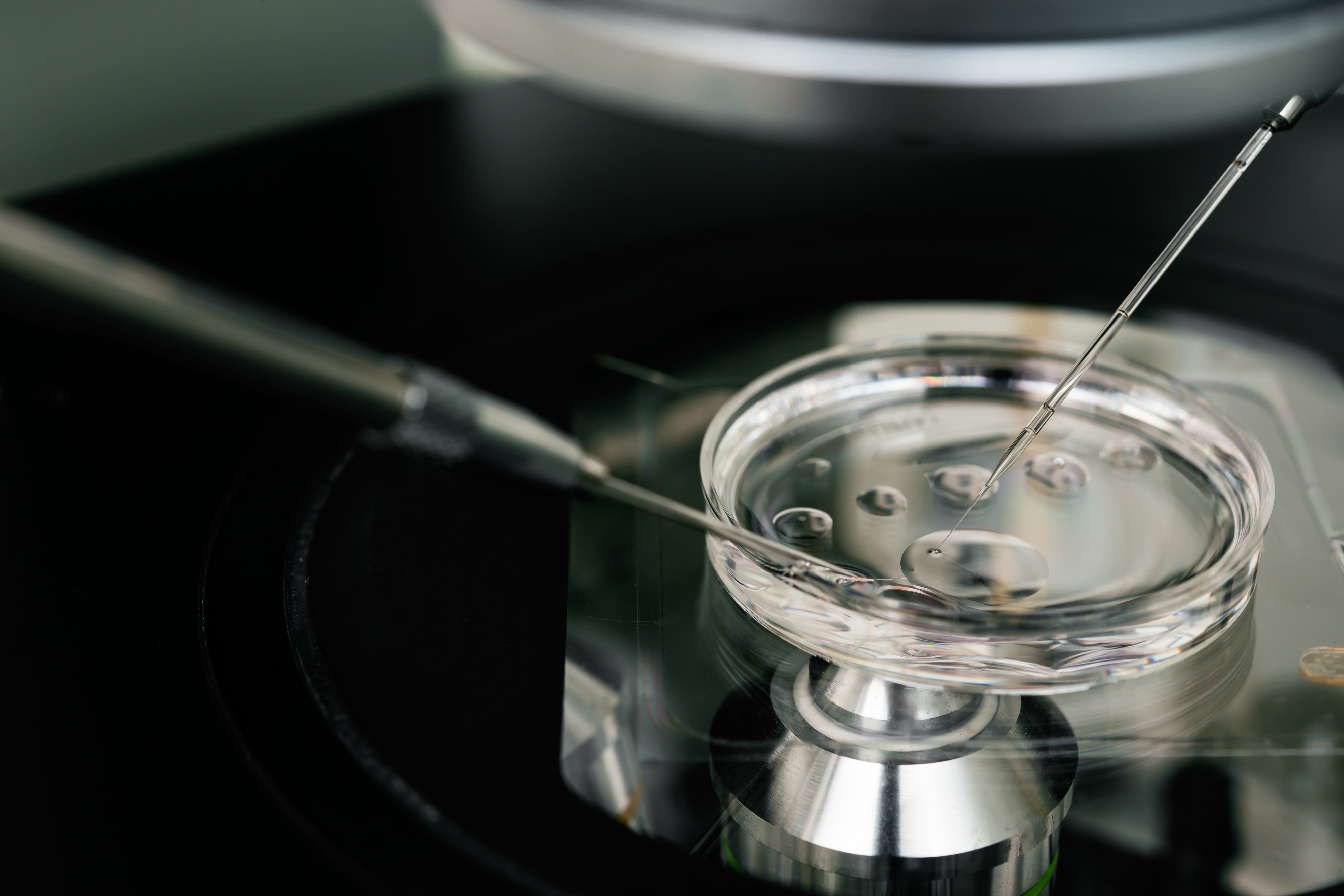Success Rates and Benefits of IVF Frozen Embryo Transfer (FET) Cycles Compared to Fresh Transfers

In IVF (In Vitro Fertilization) treatments, the eggs are fertilized in a laboratory using sperm samples to form an embryo. These fertilized eggs are allowed to grow in masked incubators until they have enough cells to be suitable for transfer to the potential mother’s uterus.
At the beginning of the IVF cycle, a woman’s ovaries are stimulated to produce extra eggs, meaning the best of them can be selected for embryo formation. During the ovulation process, more embryos are formed than are often needed. If the number of embryos developed during the IVF procedures are more than are needed, the extras are cryopreserved for future use.
In the Assisted Reproductive Technology (ART) field, the prevailing wisdom is that fresh embryo transfers are much more successful than frozen embryo transfers (FETs). The common understanding is that the freezing and thawing process results in a lower chance of success than the fresh embryos when transferred to a woman’s uterus. This idea is based on the thought that the best embryo amongst the lot would have already been used for the initial IVF treatment without being preserved, while the rejected ones might have been stored to be used for profit later down the road. This belief is incorrect. The unused embryos are still as good as the used ones, and are only stored because there are more available than initially needed.
Several studies have been published in the past few years regarding the subject of fresh vs. frozen embryos in IVF and which results in higher rates of success. There have also been similar studies performed to determine which type of embryo transfer has better health outcomes for the mother and her baby. As a matter of fact, many IVF agencies have begun to promote the use of frozen embryos rather than newer ones, which may indicate a long term trend of this type of embryo transfer becoming more popular worldwide.
Pregnancy Rates
With the widespread use of ultra-rapid freezing methods applied to embryos, the efficiency of thawing procedures has also dramatically improved. Higher success rates have been achieved with frozen embryos than ever before. According to some fertility experts frozen embryos provide higher rates of success than fresh embryo transfers. The practice has been extensively used for faster pregnancy development.
Embryo implantation using frozen eggs can also help with inducing the proper hormonal environment in the uterus. The uterine lining is more stimulated and is exposed to high levels of reproductive hormones like progesterone and estrogen during the frozen embryo transfer, which aids in embryo implantation. Some research in this field shows a significant rise in pregnancy rates with the use of frozen embryo transfer. Nonetheless, there is still research performed that indicates no significant difference in the rates of success between fresh and frozen embryo transfers.
Several variables exist that are difficult to control, making a proper study to examine the difference between frozen and fresh embryos difficult to perform. Nevertheless, if we compare most studies overall, there is a clear indication that the use of frozen embryos provides higher rates of pregnancy when compared to fresh transfers.
Patient Safety
Ovarian Hyperstimulation Syndrome, or OHSS, is a fairly common issue with IVF. It is not often a major medical issue, and usually goes away very quickly with no long-term consequences, but regardless all necessary steps are taken to avoid it during both frozen and fresh embryo transfer.
By utilizing an agonist trigger or pure Lupron trigger, doctors usually avoid the occurrence of severe OHSS. However, a few IVF patients who are given HCG at trigger time instead of a pure Lupron trigger might become significantly hyper-stimulated if the pregnancy is achieved from a fresh embryo transfer. In such cases, frozen embryos should be introduced as Frozen Embryo Transfer (FET) into the hyperstimulated ovaries brings their condition back to normal.
Less Stressful Procedures
Many embryologists consider FET to be a less stressful procedure as they do not have to worry about immediately viable embryos, as that part of the procedure has already been completed. As such, they can concentrate entirely on planning the procedure and organize an ideal schedule for the treatments.
Women over the age of 35 have been found to develop more successful pregnancies with frozen embryos than with fresh ones. As a result, this type of embryo implantation has been performed extensively with older aspiring mothers. Additionally, it is significantly more cost-effective than using fresh embryos, and samples can be saved from repeated pregnancy failures. There could be factors contributing to repeated failures to conceive that are not immediately obvious, and the use of frozen eggs can reduce these effects.
The patience of intended parents is often tested during IVF treatments, surrogacy, and other related documentation procedures, but the use of frozen eggs can provide some comfort and assurance this patience will be rewarded. This is the main reason why most surrogacy programs are carried out using frozen eggs. It saves the time, money, and energy of the intended parents, and even outside of surrogacy programs normal pregnancies are developed by obstetricians by freezing the embryos and using them later.
Conclusion
There is clear evidence that pregnancy rates are higher when using frozen transfers while providing several secondary benefits when compared to fresh transfers. Intended parents can achieve much better outcomes by switching from fresh embryo transfers to FETs. It not only provides faster results but also saves a lot of their money.
Almost all insurance coverage concerning surrogacy is devoid of any clauses concerning payment for each failed pregnancy. As a result all expenses required for each attempt instead goes to the intended parents, meaning they have to pay out-of-pocket – often at an extreme cost. The introduction of frozen embryo transfers helps ease this problem, as it is both cheaper and many intended parents have experienced successful pregnancy development in the very first attempt made with frozen embryos.